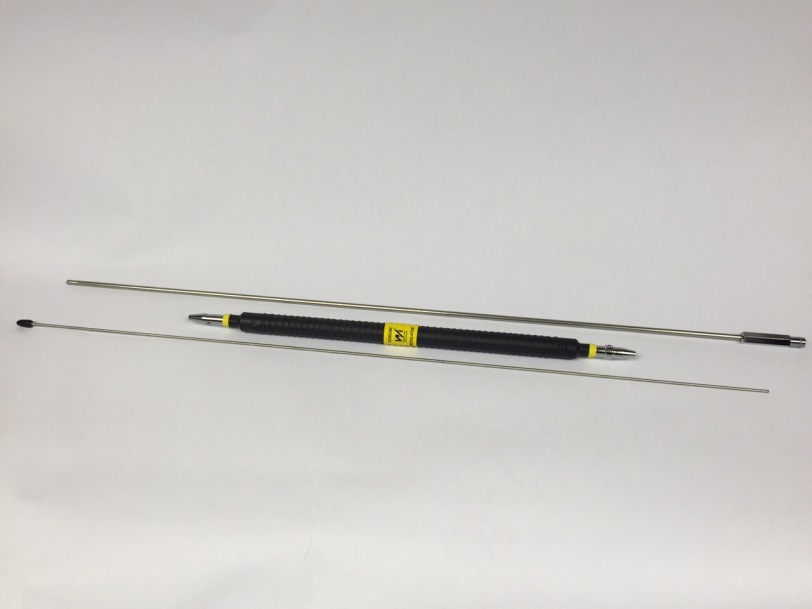Yes I think it was TheDB that mentioned about the copper vs ali vs steel. unfortunately the image for the antenna in question was missing, maybe it was some microwave antenna, as I gather everything starts getting very critical at microwave wavelengths.
Unfortunately, I lost all my old stuff that I used to host myself. Now days I upload the image directly to WWDX. I've done the copper vs aluminum vs stainless steel multiple times. The resistance numbers for the three are:
Copper, .0000000168 ohms
Aluminum, .0000000282 ohms
Stainless, .000000690 ohms
This makes stainless steel significantly more restive than copper (you will notice one less leading 0). However when it comes to radio, most of the RF does not actually travel through the metal. Some rides the surface, this is where the "skin effect" you may have heard about comes from, but most of said signal is actually in the space around the metal itself. This is why coax needs shielding, and why both wires in ladder line needs to have a signal that is 180 degrees out of phase to prevent the signal from radiating.
I threw this together again for you. The metals had such a small effect on tuning that once I got the models dialed in I didn't even have to change the antenna length to maintain a descent tune. All of these antennas are tuned to have an X of +- 0.3.
[photo=medium]6366[/photo]
Click the image to make it a little bigger.
I've worked with all three metals extensively and have never once noticed a difference between the three.
The DB



